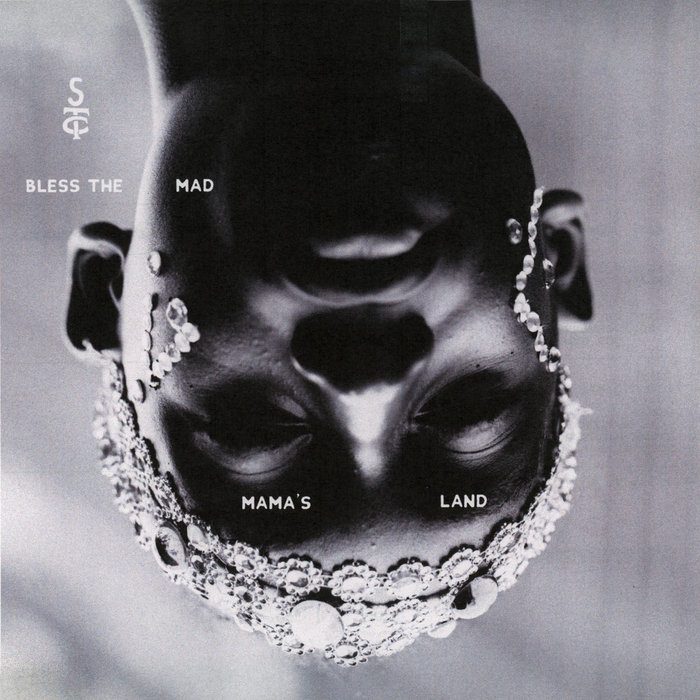
Mama's Land feat. D.A.P. & Silka – Stay The Course Records
this blog is GROOVY – check out great Soul, Funk, Jazz, Hip Hop, Bass, Breaks , Reggae, House n many more TUNES
Welcome to the wild world of avant music! Let’s take a funky trip through time, exploring the origins, evolution, and some downright hilarious moments that make this genre so unique.
Avant-garde music is all about pushing boundaries. It’s like those daring skateboarders who decide to jump off a ramp into the unknown—exciting but with an element of surprise! This genre emerged in the early 20th century as composers started challenging traditional rules and exploring new sounds. Think of it as an open playground for creativity where anything goes!
The roots can be traced back to experiments in classical music around the 1900s. Composers like Arnold Schoenberg were busy tossing aside conventional harmony in favor of twelve-tone scales—breaking ALL the rules (and probably making some folks’ heads spin). He paved the way for later pioneers who would scream “no limits!” across genres.
As we boogied into the mid-20th century, jazz musicians such as Ornette Coleman began creating free jazz—a sound that was less structured than your Aunt Edna’s holiday dinner plan. Coleman’s album “Free Jazz” (1961) didn’t just break norms; it shattered them with orchestral improvisation!
Fast forward to the 60s and 70s when avant vibes got mixed up with rock ‘n roll. Bands like The Velvet Underground played a significant role by fusing art with music. Did you know their debut album featured a banana sticker designed by artist Andy Warhol? Talk about packaging art right at your fingertips!
Additionally, bands like Can and Captain Beefheart and His Magic Band took us on psychedelic journeys filled with weird rhythms and funky lyrics, proving that musical oddities could still groove hard.
Now let me sprinkle in some amusing anecdotes that highlight just how quirky these artists can be:
Frank Zappa once claimed he practiced playing guitar while juggling! No wonder his riffs are out-of-this-world; he was literally multi-tasking musically… or maybe he just wanted to show off at parties!
Composer John Cage is often associated with avant-garde music due to his experimental works—including 4’33” which consists entirely of silence (or ambient noise). Some say it’s one long-standing joke at concerts – “Hey everyone, let’s sit quietly for four minutes!”
Performance artist/musician Laurie Anderson famously used technology in her performances before TikTok was even a thought bubble! She created her own bassoon-like instrument called the talking stick. Imagine being stuck behind her trying to play charades during Family Game Night!
Jazz composer Sun Ra believed he was from Saturn… yet somehow managed to hold almost every Earthling audience captive during his cosmic performances—even if they were unsure how they ended up there!
Brian Eno may have invented ambient music but did you know he’s also deeply obsessed with numbers? He has said he never wants more than two people on stage because after three “it becomes too complicated.” That must make band practice really chill—just vibing among good company without overwhelming mathematical equations flying around.
As we rolled into the late 20th century, avant-garde kept mutating via punk, electronic music, hip-hop beats—and post-punk scene craziness—with artists today still expanding what constitutes “music”. Minimalism brought us acts like Steve Reich known for using tape loops that made listeners feel they accidentally walked deep into an echo chamber…
In recent years we’ve seen new genres emerge from this experimental melting pot—from glitch hop spicing things up digitally to intricate soundscapes created using sampling techniques by innovative producers worldwide.
But wait! There’s always room for humor amid changes…
One notable event involved Björk showing up dressed as swan (yes—the bird!) at an awards ceremony only later discovering she’d arrived two hours early due miscommunication over start times—it wasn’t even her category! Artistic ambition knows no bounds…sometimes leading us down unexpected paths resembling peculiar fairytales instead reality TV drama sequences.
Avant garde lives through fearless experimentation whether blended within rock or pulsating dance tracks conquering clubs everywhere today; remember it stems from creative hearts marching forward unbound conventionally while sharing joyously quirky anecdotes along its journey—all underlaid by immense talent ground zeroed within every layered beat drop we hear today!
So next time you’re chilling out listening solo—or hanging tough amongst friends jamming collectively—consider reflecting upon where sounds originated & evolved alongside vibrant characters weaving together humorous narratives surrounding their adventures filling audacious spaces bridging gaps between notes meant purely inspire waves unique collective absurdity known universally simply referred onwards thereafter evolving evermore splendidly: “avant”. Keep grooving along folks—you’re part of history now too!

Mama's Land feat. D.A.P. & Silka – Stay The Course Records